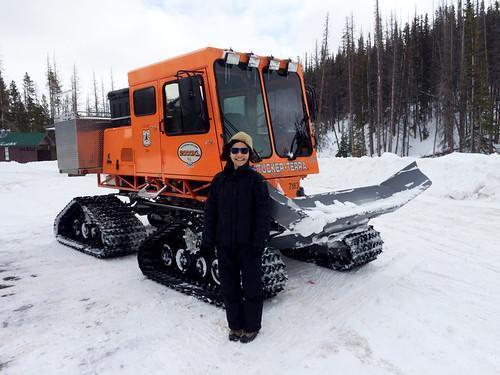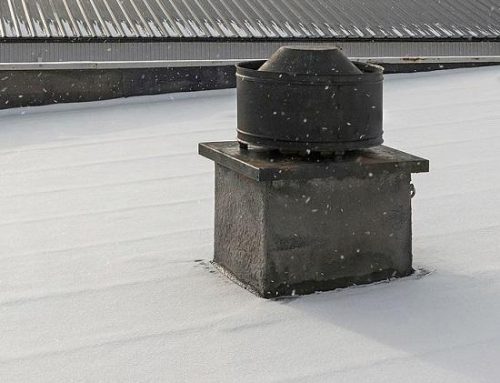INTRODUCTION
Recently, we’ve seen the news of actor Jeremy Renner’s accident, where he sustained blunt chest trauma and orthopedic injuries after an incident involving a snowcat. It’s a reminder that accidents can happen at any time, and it’s important to be prepared and aware of the risks. But, it’s also important to learn from these accidents and to use them as an opportunity to improve safety in the future.
It’s clear that safety should be a top priority when operating any heavy machinery for snow plowing, such as a Sno-Cat or PistenBully. This accident serves as a reminder that even the most experienced users can be at risk of injury when operating such equipment, and it’s crucial that all necessary precautions are taken to prevent accidents from happening. In this case, it’s reported that the accident occurred when the snow plow started to roll away while Renner was not in the driver’s seat and was injured while trying to get back into the snowcat. This highlights the importance of always being aware of the machinery’s movement and ensuring that it’s securely parked before stepping away from it.’
In Renner’s case, according to the media outlets, authorities reporting the following: “the actor used the snow plow to remove his car, then exited to speak with a family member. At that point, the plow began rolling backwards.”
“In an effort to stop the rolling PistenBully, Mr. Rennner attempts to get back in the driver’s seat of the PistenBully. Based on our investigation, it is at this point that Mr.Renner is run over by the PistenBully. An eyewitness detailed seeing Mr. Renner getting into the PistenBully and not seeing him again until the PistenBully came to a rest in a pile of snow in the front of his driveway.”
I’m at a loss for words to be honest.
It seems that Mr. Renner did not park or turn off his PistenBully before exiting the vehicle.
So, the big takeaway here is to PARK OR TURN OFF YOUR SNOW PLOW before exiting it.
For more information on the exact snow plow Mr. Renner was using please see the following resource:
SAFETY TIPS FOR OPERATING A SNOW PLOW
Here, we share a few mroe tips and best practices for staying safe while snow plowing with heavy equipment this winter. This article assumes you are using something like a Sno-Cat or PistenBully vehicle:
Operating a snow plow is no easy task, but with the right training and attention to safety, you can get the job done quickly and efficiently. As someone who’s spent time operating heavy machinery, I can attest to the importance of being prepared and taking the necessary precautions to ensure a safe and successful operation.
First and foremost, it’s crucial to thoroughly review the operator’s manual and become familiar with the specific make and model of snow plow you’ll be using. This will ensure you’re aware of all the controls and safety features of the machine. And it’s a good idea to attend any training programs or classes offered by the manufacturer or your employer to gain hands-on experience operating the snow plow.
Before starting the machine, conduct a thorough pre-operational inspection. Check the oil and coolant levels, the air filter, and the condition of the tires and tracks. Make sure all lights and signals are functioning properly and the plow blade is securely attached and properly adjusted. This step can save you a lot of headaches down the road, and it’s an important part of keeping the machine in top condition.
When operating the snow plow, keep an eye out for your surroundings at all times. Be aware of other vehicles, pedestrians, and obstacles in your path, and keep an eye on the weather conditions. Heavy snowfall and low visibility can make it difficult to see and navigate, so take it slow and be extra cautious. And always wear your seatbelt, and make sure any passengers in the snow plow are also wearing theirs.
Remember to maintain a safe speed and keep in mind the weight and size of the snow plow. These machines are heavy and can be difficult to maneuver in tight spaces, so take it slow and be extra mindful of the plow blade. And always be aware of the surrounding area and make sure you’re not striking any objects or underground utilities while operating the snow plow.
And, finally:
PARK OR TURN OFF YOUR SNOW PLOW BEFORE EXITING THE VEHICLE!
CONCLUSION
In conclusion, operating a snow plow is a challenging task, but with the right training, attention to safety, and by following the tips outlined in this article, you can ensure a safe and successful operation. Remember, safety always comes first when operating heavy machinery.










